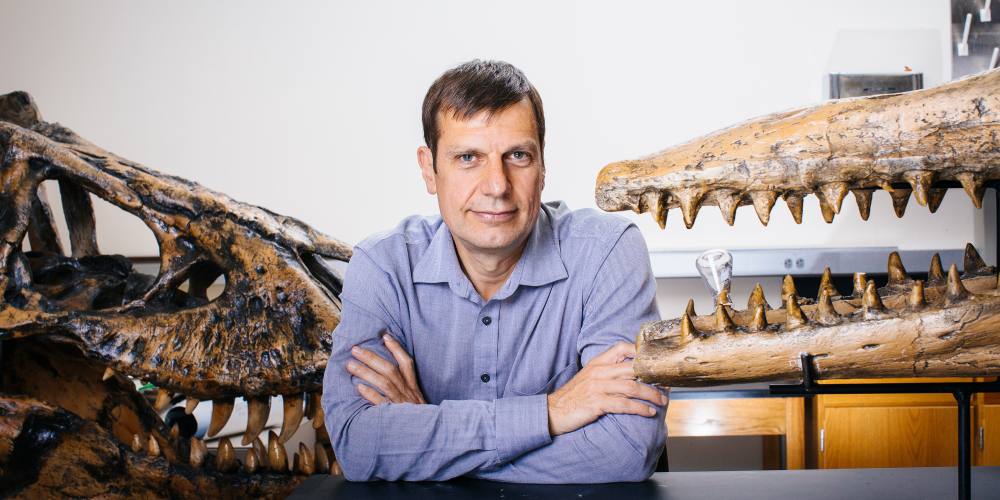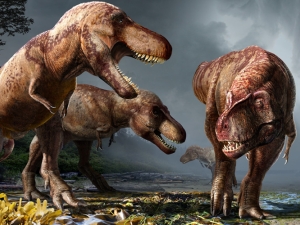

Research Bio
Charles Marshall is a paleobiologist whose research seeks to understand the history of life on Earth by integrating fossil data with evolutionary theory and geologic context. His work explores macroevolutionary patterns, mass extinctions, and the processes that shape biodiversity over deep time.Marshall is widely recognized for applying quantitative models to the fossil record to infer evolutionary rates and environmental drivers of extinction. His research has contributed to debates on the timing of the Cambrian explosion, the diversification of vertebrates, and the extinction of the dinosaurs.
An expert in evolutionary biology and paleontology, Marshall is a professor in the Departments of Integrative Biology and Earth & Planetary Science at UC Berkeley. He is Director of the UC Museum of Paleontology and a Fellow of the Paleontological Society and the Geological Society of America.
Research Expertise and Interest
paleontology
In the News
How many T. rexes were there? Billions.
Featured in the Media
Researchers have calculated that approximately 20,000 Tyrannosaurus Rex adults lived at any one time in North America. Charles R. Marshall, a professor of integrative biology at the University of California, Berkeley who led the research, said the work started with him wondering, when he held a T. rex fossil, how rare was that? "Were there are a million, a billion, a trillion T. rexes?" he said. "Is this one in a million, one in a billion, one in a trillion? How on earth could we know that number? We all know fossils are rare, but how rare are they? And so it really started with that question." For more on this, see our press release at Berkeley News. Stories on this topic have appeared in dozens of sources, including the Associated Press, CNN, The Guardian, USA Today, The Mercury News, LiveScience, JumpRadio, Taipei Times, Forbes, Voice of America, and The New York Post.

